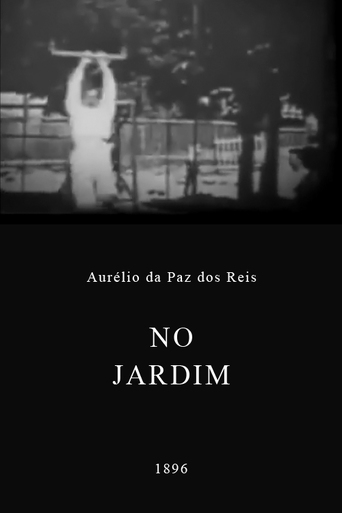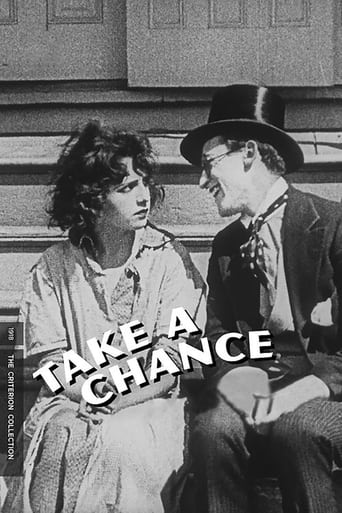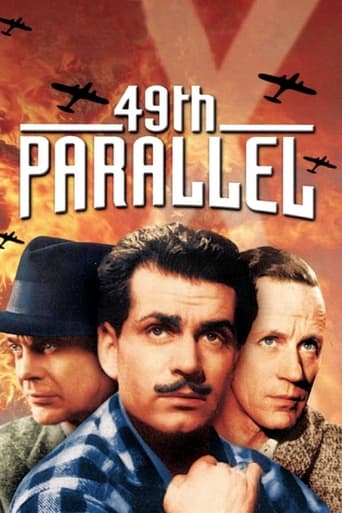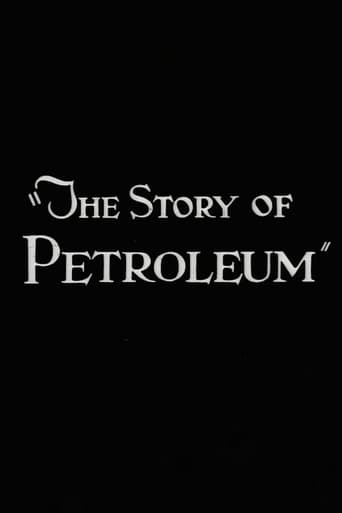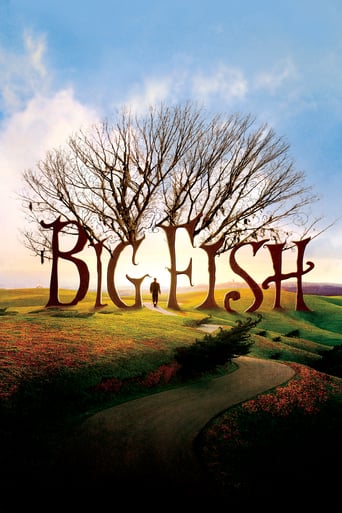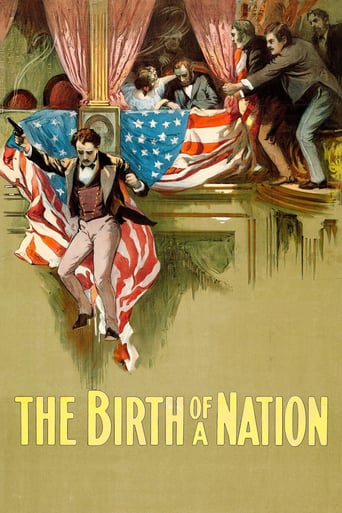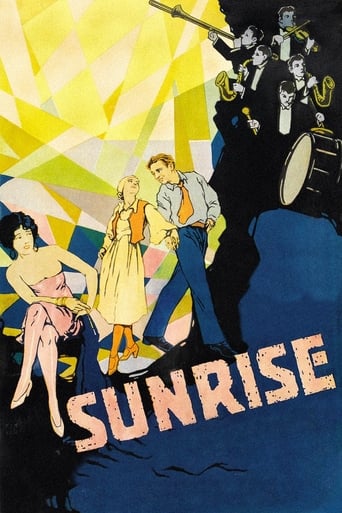
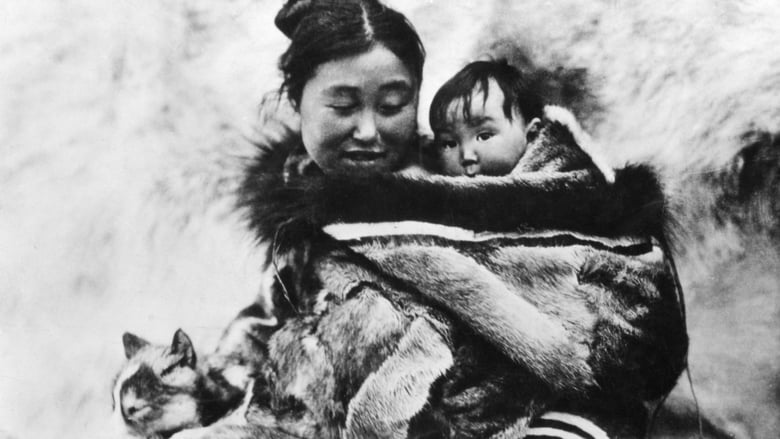
Nanook of the North (1922)
This pioneering documentary film depicts the lives of the indigenous Inuit people of Canada's northern Quebec region. Although the production contains some fictional elements, it vividly shows how its resourceful subjects survive in such a harsh climate, revealing how they construct their igloo homes and find food by hunting and fishing. The film also captures the beautiful, if unforgiving, frozen landscape of the Great White North, far removed from conventional civilization.
Watch Trailer
Cast


Similar titles
Reviews
This silent film was made at the time when separation between drama and documentary did not exist, so is widely (and incorrectly) considered to be the first ever documentary film, I found it in the book 1001 Movies You Must See Before You Die, and I was really looking forward to it. Basically filmmaker Robert J. Flaherty spent a year living with and documenting the life of Nanook and his family, a group of Eskimos, or Inuits, living in the Arctic Circle. The family consists of Nanook, a superb fisherman and hunter; his wife Nyla; his other wife Cunayou; and his sons Allee and Allegoo. Approximately three-hundred nomadic people live in the Canadian Arctic, on the eastern shores of Hudson's Bay, in a region called Ungava. The film mostly follows the family as they travel through the white wilderness, in kayaks and on dog sled, they occasionally encounter western civilisation, but primarily live a life of subsistence. Nanook and the men stay alive hunting food, which is very difficult, their food sources are primarily sea related - salmon, seal and walrus, but they do occasionally encounter land animals as well, such as white foxes, polar bears and deer. The harsh weather conditions provide uncertain opportunities, and the ice shifting causes problems for both travelling and hunting, but Nanook manages to find a way for him and his family through the difficult situations. The best scene of the film is Nanook's amazing architectural skill and speed when building an igloo for him and his family to spend the night, using his large knife to sculpt the structure, creating makeshift ice bricks and a "glass" window. I agree the film is perhaps primitive looking by today's standards, a man and his family surviving in the frozen wastes, and it is obvious a few of the scenes were setup, but it remains a historic, ground- breaking piece of work, it should be celebrated as an inspirational landmark classic silent documentary. Good!
In this silent predecessor to the modern documentary, film-maker Robert J. Flaherty spends one year following the lives of Nanook and his family, Inuit living in the Arctic Circle.What is unfortunate about this film is how it can be seen as a docudrama more than a documentary. A film about the Eskimo or Inuit culture would have been fascinating and important, especially as indigenous cultures continue to fade away. Yet, we now know that much of this film was staged, with the "wives" being fake and a spear used for effect when the actual hunter typically had a gun.There is still historical value to the film, of course, but it must be taken with that grain of salt. The very fact someone brought a camera as far north as Flaherty did probably deserves some credit.
This is an absolutely brilliant silent film that shows great insight of the lives of the Inuk people of the Northern Canadian arctic way before there was a such thing as National Geography Videos. The fact that these people survived in such a hostile environment is amazing. Having worked as a prospector and explorer in Arctic Canada among the Inuit, Director Flaherty was familiar with his subjects and set out to document their lifestyle. Flaherty had shot film in the region prior, but that footage was destroyed in a fire started when Flaherty dropped a cigarette onto the original camera negative which was highly flammable nitrate stock. It would be interesting to see that footage, but as Flaherty says, he remember what were in there, and re-shoot the best scenes. Flaherty therefore made Nanook of the North in its place. As the first nonfiction work of its scale, Nanook of the North was ice-breaking cinema. It captured an exotic Inuit people in their remote hostile environment, rather than a facsimile of reality using actors and props on a studio set. It was one of the first documentaries ever made. The film shows the traditional Inuit methods of hunting, fishing, igloo-building, and other customs were shown with accuracy, and the compelling story of a man and his family struggling against nature, but little do some people know that it was all somewhat staged. First off, the movie should be call Allakariallak of the Frozen North, because Nanook was really Allakariallak. Flaherty choose the name 'Nanook' due to the Inuk people many legends about bears. The Nanook was the Bear God of the Inuit and decided if hunters would be successful or not. The two wives shown in the film wasn't really Nanook's wives, but Flaherty. Flaherty also exaggerated the peril to Inuit hunters with his claim, often repeated, that Allakariallak had died of starvation two years after the film was completed, whereas in fact he died at home, likely of tuberculosis. About that home-- it's a real wooden house, not a igloo as view in the film. They used igloos only when a blizzard caught them up during the hunting in the middle of nowhere, not all the time. It's urban legend to think that Inuits live always in igloos. Flaherty wanted them to build a igloo despite them living in a house to show their culture. The first building of the igloo was too small for the camera and the dome collapsed. Then when they finally succeeded in making the igloo it was too dark for photography. Instead, the images of the inside of the igloo in the film were actually shot in a special three-walled igloo for Flaherty's bulky camera so that there would be enough light for it to capture interior shots. I feel for the Inuit people that day, when Flaherty ask them to build three 2 and half igloos for no reasons. Another thing Flaherty staged was some hunting sequences, Allakariallak normally used a gun when hunting, Flaherty encouraged him to hunt with harpoon in the fashion of his ancestors in order to capture the way the Inuit lived before European influence, making it harder for Allakariallak. Sometimes its better to use traditional weapons to hunt; because if you shoot an animal in the water it will more often than not sink quickly, so a dart with a barbed detachable point is thrown from a great distance using an atlatl, that way the sea mammal won't sink. Soon to be identified by the harpoon floating in water with line detached. Flaherty was a bit of a jerk, but the full collaboration of the Eskimos was key to Flaherty's success as the Eskimos were his film crew and many of them knew his camera better than he did. Flaherty tries to make the Eskimos on the film look like they couldn't understand technology such in the case of the trade post scene and a gramophone. The scene is meant to be a comical one as the audience laughs at the naiveté of Nanook and people isolated from Western culture. In truth, the scene was entirely scripted and Nanook knew what a gramophone was. It wasn't the only comical humor. There was a scene where Nanook and his family come out of a small kayak like a bunch of clowns out of a small car. It's a cinematic effect. Each person in the kayak was a separate filmed shot, edited together in a convincing fashion. The titles are carefully used to hide it. It's a hint at Flaherty's sense of humor. It was a little disappointing finding out that a lot of the movie was staged. Flaherty's time both staging action and attempting to steer documentary action have come to be considered unethical amongst cinema verite purists, because I believe such reenactments deceive the audience, but in this case, it works to make the audience understand the culture more and more. Flaherty defended his work by stating that a filmmaker must often distort a thing to catch its true spirit. It was a huge success, and in the following years, many others would try to follow in Flaherty's success with "primitive peoples" films. While this film is a true peace of art. I think the greatest fascination comes from this is that it fact the truth on most of the modern propaganda-documentaries, that kills the basic, pure form of documentaries. While the film will showing be shown in Anthropology class. I wouldn't say it's a ethnography work or salvage ethnography. Enthnography are supposed to be an observation where the people watching don't influence or act, so to say this is a ethnography film is wrong. Check the movie out if you want. Also check out the Long Exile, by Melanie McGrath discusses the making of this film and the people depicted in it in depth and Nanook Revisited.
Explorer Robert J. Flaherty spent the majority of 1914 and 1915 along the Hudson Bay, doing research and exploring for a Canadian railway company. Being a keen photographer and potential film-maker, he took a camera along with him. He shot 30,000 feet of film, of the native Eskimo tribes and their alien, hunter-gatherer lifestyle. The test footage was met with universal excitement, only Flaherty dropped a cigarette on the highly-flammable nitrate film-stock whilst editing, and lost it all. He would return, only this time with the sole intent on making a narrative- driven documentary, about one specific family of Eskimos, and their highly-charismatic leader Nanook, a legendary hunter.Though it is now widely heralded as a masterpiece, and the film that gave birth to the documentary genre, the film is often criticised for its obviously staged dramatic scenes, and truth-manipulation in the search for a coherent narrative and to inject the film with an air of excitement and wonder. Personally, I have no problem with this approach, after all, one of my favourite directors Werner Herzog frequently does this in his documentary films to create a sort of artistic truth, opposed to the point-the-camera approach of cinema verite. In the modern age, we are treated to high-definition, sweeping footage of some of the most exotic and hostile corners of the planet, so it's a marvel to see where it all started, and Flaherty, faced with early, clunky film equipment and relatively little experience of film-making, created a magical documentary for an audience that, back then, knew little about the world outside their own country.Amongst the many set-pieces we are treated to, the greatest (and much- celebrated) is the building of the igloo. We watch Nanook build it with skilled precision, slab by slab, and even incorporate a window feature, in order to give the igloo some warmth, and a chunk of ice by the side of it to divert the sun's rays. With many Eskimos now adopting Western aspects into their livelihood, the film is definitely a window into the past (the Eskimos had in fact already done this, and even wore Western clothes, but Flaherty persuaded them to revert back in order to give the film more of a sense of wonder). For a film-maker who had only taken a three-week course in cinematography prior to Nanook, the film is rich with beautiful imagery. The scene that watches the family trudge into the distance as the mist blows over the snowy surface like fleeing ghosts, gives the film a gorgeous, eerie quality. If you can forgive the film's manipulations, then this is still one of the greatest documentaries features ever produced, and Nanook (real name Allakariallak) proves to be a charming protagonist.www.the-wrath-of-blog.blogspot.com



